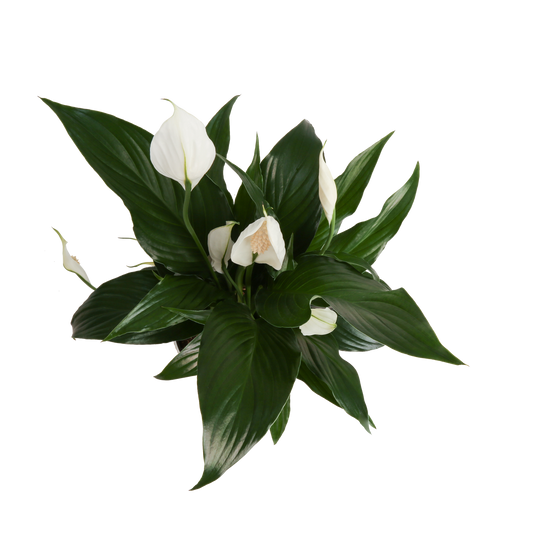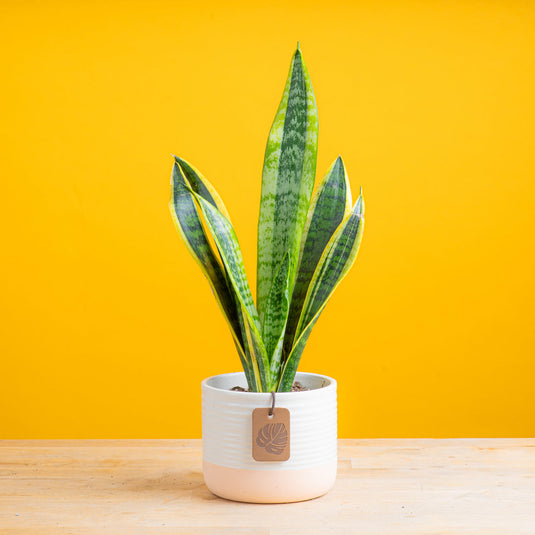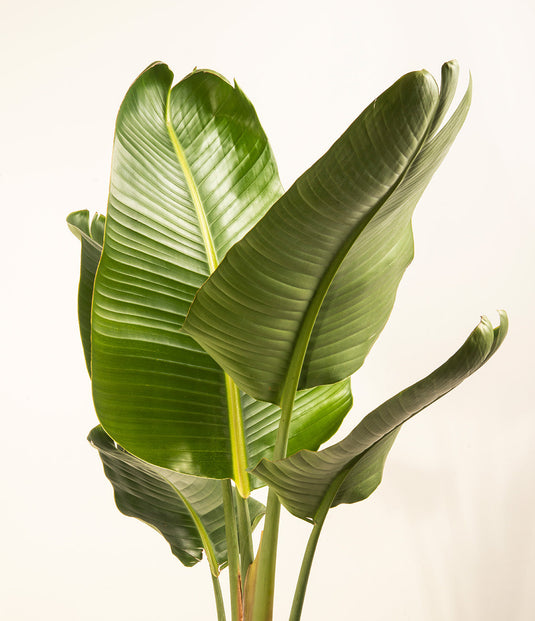Citrus Lemon Omani
- Healthy Arrival Guarantee
- Free Plant Care Consultation
- Safe & Secure Payment

We will send you a notification as soon as this product is available again.
-
Estimated delivery: Aug 31 - Sep 04
-
Free return within 7 days of purchase.
Plant Description
The Citrus Lemon Omani plant, known scientifically as Citrus limon, is a variety of lemon native to Oman. This plant is cultivated for its aromatic, tangy lemons, which are valued for culinary and medicinal uses. The global market for citrus fruits, including the Citrus Lemon Omani plant, is projected to reach approximately $16 billion by 2030.
5 Surprising Benefits of Citrus Lemon Omani Plant
1. Rich in Nutrients
The Citrus Lemon Omani plant produces lemons that are high in Vitamin C, potassium, and dietary fiber. Studies have shown that Vitamin C plays a crucial role in boosting the immune system and enhancing skin health (Carr & Maggini, 2017).
2. Antioxidant Effects
Lemons from the Citrus Lemon Omani plant are rich in antioxidants, such as flavonoids and citric acid. Research indicates that these antioxidants can help reduce oxidative stress and lower the risk of chronic diseases (Valko et al., 2007).
3. Culinary Applications
The fruit of the Citrus Lemon Omani plant is versatile in the kitchen, enhancing flavors in a variety of dishes, drinks, and desserts. It is widely used in marinades, salad dressings, and beverages (García-Salas et al., 2010).
4. Natural Pesticide
The essential oils derived from Citrus Lemon Omani can be used as a natural pesticide. Studies have shown that these oils are effective in repelling various pests and can help reduce reliance on synthetic pesticides (Suh et al., 2012).
5. Soil Improvement
Growing Citrus Lemon Omani plants can improve soil health through organic matter enrichment and erosion control. Research indicates that citrus trees contribute positively to soil structure and fertility (Dumroese et al., 2016).
Disadvantages
· The Citrus Lemon Omani plant is sensitive to frost, requiring protection in colder climates, which highlights the need for specific growing conditions.
· Lemons are typically produced seasonally, necessitating careful planning for harvesting and marketing.
· Cultivating Citrus Lemon Omani plants requires adequate space, emphasizing the importance of site selection in gardening.
· Maintaining the health and productivity of the Citrus Lemon Omani plant requires regular pruning and care, ensuring optimal growth and fruit quality.
Frequently Asked Questions
1. Is the Citrus Lemon Omani plant a good source of Vitamin C?
Yes, the Citrus Lemon Omani plant produces lemons that are rich in Vitamin C, which is beneficial for immune health.
2. Do lemons from the Citrus Lemon Omani plant have antioxidant properties?
Yes, they contain antioxidants that can help combat oxidative stress and lower disease risk.
3. Can Citrus Lemon Omani plants be used in cooking?
Yes, their fruit is versatile and widely used in various culinary applications to enhance flavors.
4. Do Citrus Lemon Omani plants improve soil quality?
Yes, they can enhance soil health through organic matter and improved soil structure.
5. Can essential oils from Citrus Lemon Omani plants repel pests?
Yes, these oils can effectively deter pests, reducing the need for chemical pesticides.
Final Verdict: Should I Buy the Citrus Lemon Omani Plant?
Yes, investing in a Citrus Lemon Omani plant can be beneficial due to its high nutritional value, versatility in cooking, and potential for improving soil health.
Plant Care
Watering
Water your plant once a week or when the soil starts to feel slightly dry on the surface. Keep the soil consistently moist, but be careful not to overwater, as this can cause brown spots and leaf drop. If the leaves become curly or dry, it's a sign that the plant needs water. It's best to water your plant in the early morning or late evening when the temperatures are cooler. Always check the soil before watering.
Light
Provide bright indoor light or indirect sunlight for about 6 to 8 hours a day.
Temperature
Maintain temperatures between 18°C and 24°C. Avoid exposing the plant to drafts, as these can cause undesirable temperature fluctuations. Mist the plant occasionally, about twice a week, to help maintain optimal humidity levels.
Fertilizer
Apply liquid fertiliser every 15 days when the plant is actively growing. For best results, use Folikraft ready-to-use Indoor Plant Food.
























